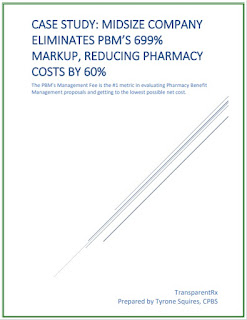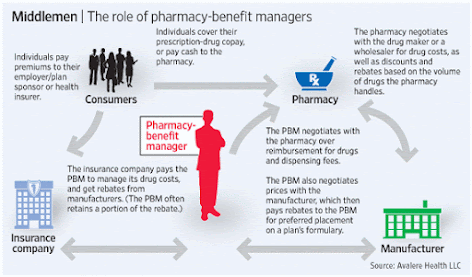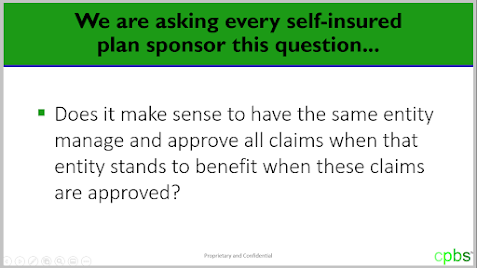Tuesday Tip of the Week: Don’t Turn a Blind Eye to PBM Management Fees
Ohio Attorney General Dave Yost is going after a $101 billion corporation that used $20 million in taxpayer money to hire a pharmacy benefits manager to provide services for Medicaid recipients that essentially already were covered by another PBM paid by the state.
 |
| Click to Get Started! |
In a deal reported by The Dispatch in October 2018 as part of its Side Effects series, Centene Corp’s Buckeye Community Health Plan hired two other Centene companies, Envolve and Health Net, to handle pharmacy benefits — even though Buckeye already had hired CVS Caremark as a pharmacy benefits manager.
Officials said at the time that the “administrator” and “manager” were paid for basically doing the same job. The duplication by Buckeye — one of five managed-care organizations hired by the state to deliver health-care services to the 3 million Ohioans on Medicaid — was the main reason it was charging the state more than twice the per-prescription costs of the other four, a state consultant found.
Tyrone’s Comments:
I’ve never personally had my identity or a very large sum of money stolen from me. But I’ve got to imagine it would feel a lot like how AG Yost feels. That’s not to say Centene is guilty. In fact, chances are Centene will not be held liable. The contract the state of Ohio signed I’m sure allowed for an artificially low administration fee (e.g. per claim, PEPM etc.) on the front-end leaving the PBM to generate its management fee however it saw fit. The trade off then is great optics but poor cost performance. How else is the PBM going to pay dividends or make payroll on an $1 per paid claim administrative fee? When your administrative fee is artificially too low, say less than $6 per paid claim, alarm bells should be going off in your head. There are self-funded employers who pay more annually to PBMs in management fees than the drugs actually cost. Don’t be one of those employers. Be better.
“Corporate greed has led Centene and its wholly owned subsidiaries to fleece taxpayers out of millions. This conspiracy to obtain Medicaid payments through deceptive means stops now,” Yost said in an emailed statement. “My office has worked tirelessly to untangle this complex scheme, and we are confident that Centene and its affiliates have materially breached their obligations both to the Department of Medicaid and the state of Ohio.”











